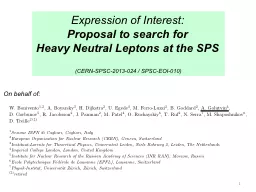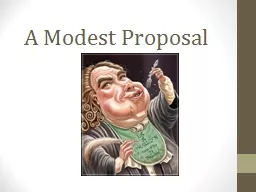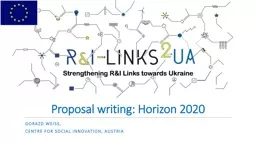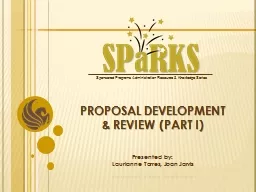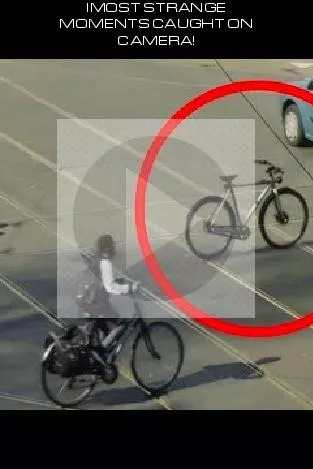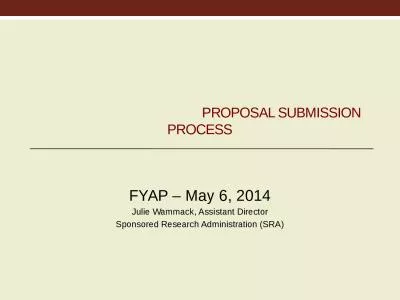PPT-Expression of Interest: Proposal to search for
Author : olivia-moreira | Published Date : 2019-06-27
Heavy Neutral Leptons at the SPS CERNSPSC2013024 SPSCEOI010 On behalf of 1 Theoretical motivation Discovery of the 126 GeV Higgs boson Triumph of the Standard
Presentation Embed Code
Download Presentation
Download Presentation The PPT/PDF document "Expression of Interest: Proposal to sear..." is the property of its rightful owner. Permission is granted to download and print the materials on this website for personal, non-commercial use only, and to display it on your personal computer provided you do not modify the materials and that you retain all copyright notices contained in the materials. By downloading content from our website, you accept the terms of this agreement.
Expression of Interest: Proposal to search for: Transcript
Download Rules Of Document
"Expression of Interest: Proposal to search for"The content belongs to its owner. You may download and print it for personal use, without modification, and keep all copyright notices. By downloading, you agree to these terms.
Related Documents

